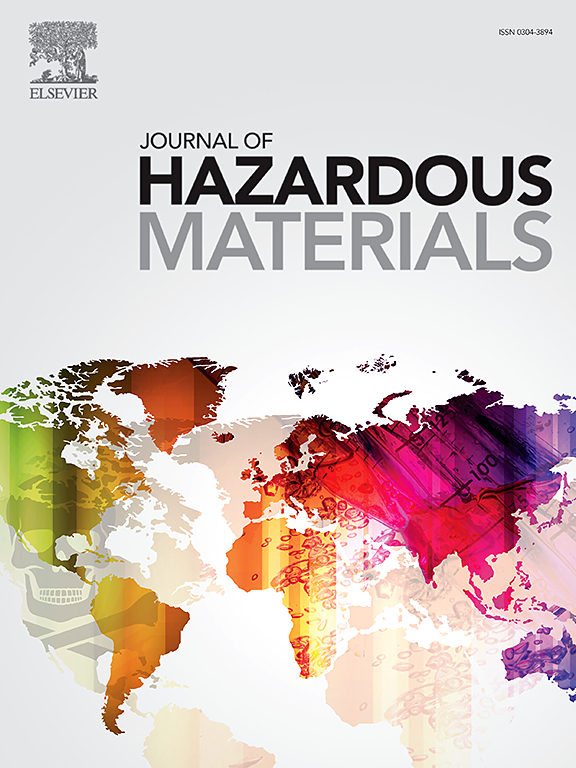Hierarchical activation of resistance genes under tetracyclines selective pressure in complex microbial community
IF 12.2
1区 环境科学与生态学
Q1 ENGINEERING, ENVIRONMENTAL
引用次数: 0
Abstract
The pervasive use of antibiotics exerts selective pressure in both natural and anthropogenic environments, driving the propagation and evolution of antibiotic resistance genes (ARGs) in microbial communities. Understanding the succession of resistome under varying antibiotic stresses is crucial for mitigating the spread of ARGs. This study investigates the succession of resistome under exposure to four structurally different tetracyclines (TC) across concentrations ranging from environmental to clinical levels. A clear hierarchical activation of ARGs was observed, starting with the upregulation of multidrug and TC-specific efflux pump genes, followed by those involved in TC inactivation and ribosomal protection. By identifying the specific thresholds of transcriptional onset times and critical TC concentration ranges that triggered ARG abundance increases, it was found that all ARGs as a whole did not significantly increase when TC concentrations were maintained below 10-5 of the initial minimum inhibitory concentration (MIC0) within 2 h. Similarly, high-risk TC resistance genes do not proliferate when TC concentrations were kept below 10-3 × MIC0 within 24 h. These findings provide quantifiable benchmarks for concentration-time thresholds that can inform the establishment of environmental discharge limits and guide the implementation of targeted treatment technologies to mitigate ARG dissemination.

求助全文
约1分钟内获得全文
求助全文
来源期刊

Journal of Hazardous Materials
工程技术-工程:环境
CiteScore
25.40
自引率
5.90%
发文量
3059
审稿时长
58 days
期刊介绍:
The Journal of Hazardous Materials serves as a global platform for promoting cutting-edge research in the field of Environmental Science and Engineering. Our publication features a wide range of articles, including full-length research papers, review articles, and perspectives, with the aim of enhancing our understanding of the dangers and risks associated with various materials concerning public health and the environment. It is important to note that the term "environmental contaminants" refers specifically to substances that pose hazardous effects through contamination, while excluding those that do not have such impacts on the environment or human health. Moreover, we emphasize the distinction between wastes and hazardous materials in order to provide further clarity on the scope of the journal. We have a keen interest in exploring specific compounds and microbial agents that have adverse effects on the environment.
 求助内容:
求助内容: 应助结果提醒方式:
应助结果提醒方式:


